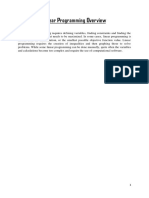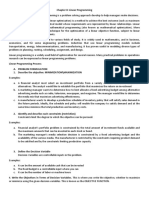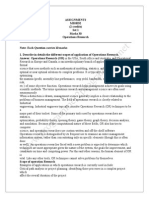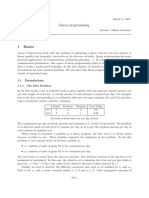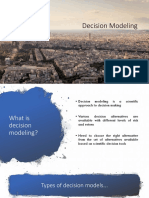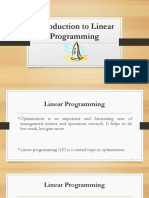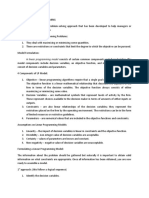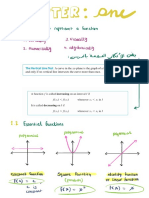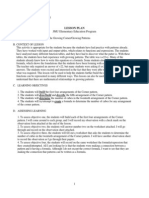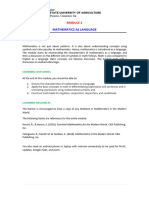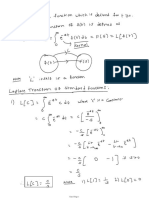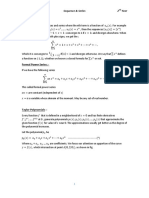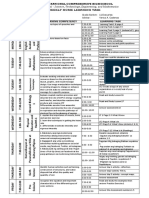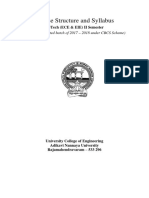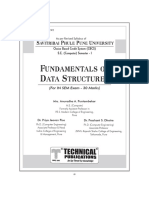0% found this document useful (0 votes)
73 views25 pages01 Intro Linier Programming
The document provides an introduction to operations research and mathematical optimization models. It discusses key concepts in linear programming including the objective function, decision variables, constraints, feasible regions, and optimal solutions. Several examples of linear programming problems are presented, such as a diet problem, blending problem, and production process, demonstrating how to formulate the problems as linear programs. Graphical solution methods for different types of linear programs are also covered.
Uploaded by
watriCopyright
© © All Rights Reserved
We take content rights seriously. If you suspect this is your content, claim it here.
Available Formats
Download as PDF, TXT or read online on Scribd
0% found this document useful (0 votes)
73 views25 pages01 Intro Linier Programming
The document provides an introduction to operations research and mathematical optimization models. It discusses key concepts in linear programming including the objective function, decision variables, constraints, feasible regions, and optimal solutions. Several examples of linear programming problems are presented, such as a diet problem, blending problem, and production process, demonstrating how to formulate the problems as linear programs. Graphical solution methods for different types of linear programs are also covered.
Uploaded by
watriCopyright
© © All Rights Reserved
We take content rights seriously. If you suspect this is your content, claim it here.
Available Formats
Download as PDF, TXT or read online on Scribd
/ 25
